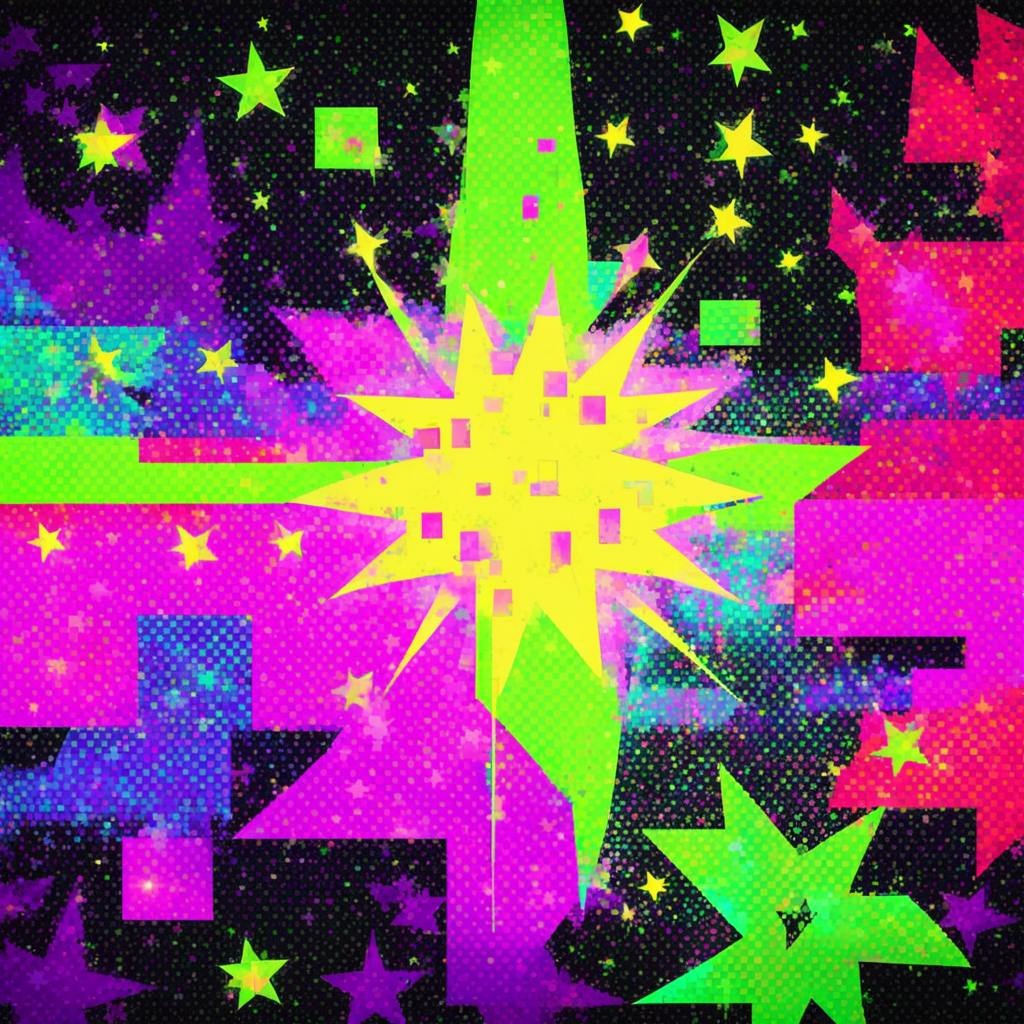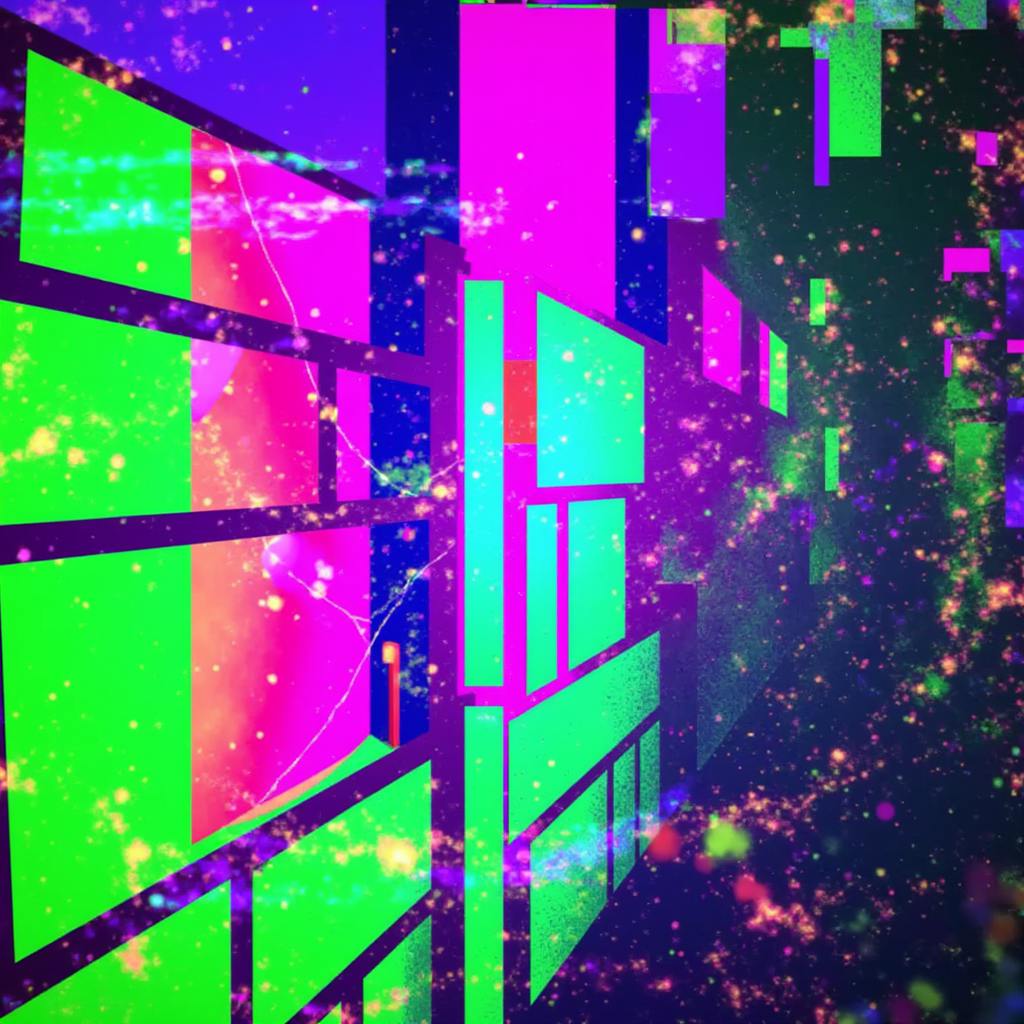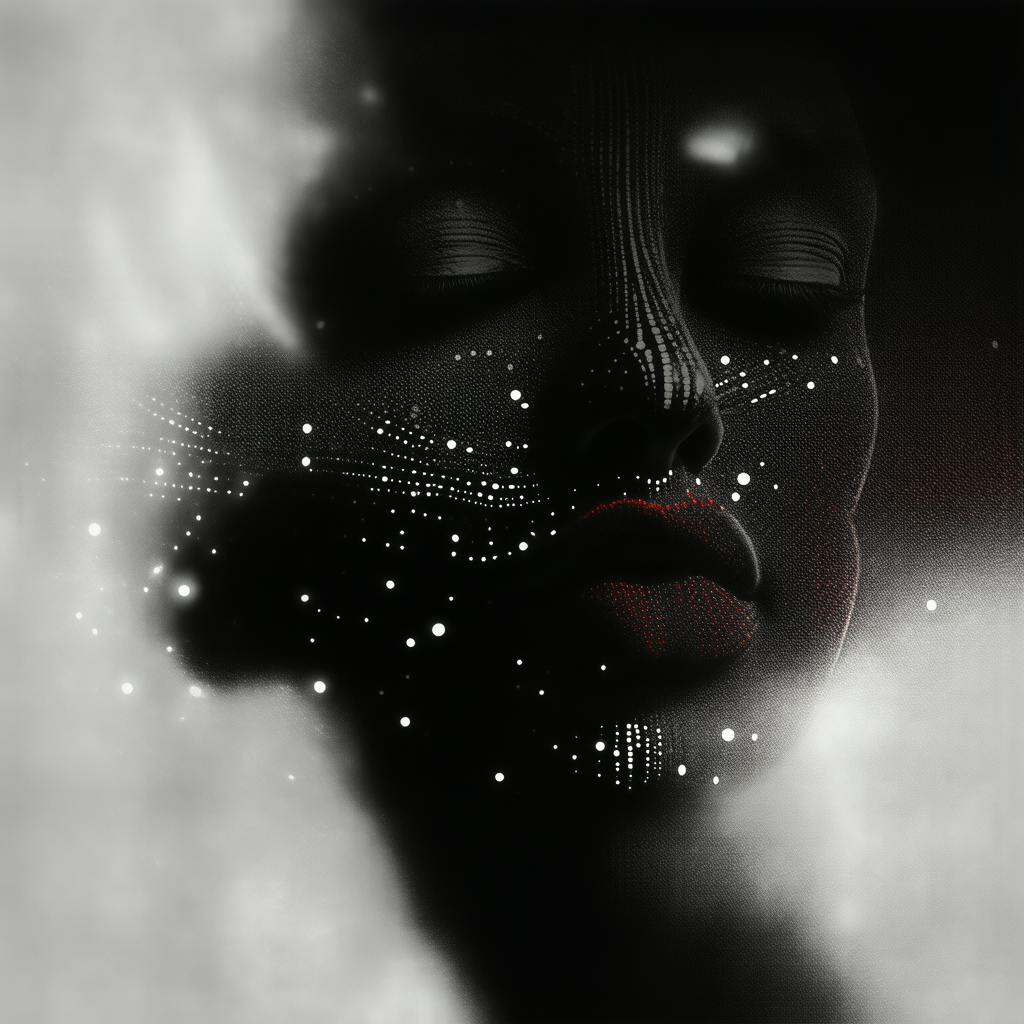Understanding the foundation of visual design elements is key to creating impactful and effective artwork. These elements form the backbone of any design, allowing designers to convey messages, evoke emotions, and attract attention. This article will delve into the essentials of visual design elements, unraveling their importance, and demonstrating how mastery over these components can elevate your work. By exploring the interplay between design elements and principles, we will guide you through the essential building blocks of effective visual communication.
Understanding Visual Design Elements
Visual design elements refer to the basic components that make up a graphic design composition. These include line, shape, color, texture, space, form, and typography. Each element serves a specific purpose and contributes to the overall aesthetic and functionality of the design.
- Line: Lines guide the viewer's eye and create movement, structure, and texture within a design. This fundamental element can be utilized in numerous ways, such as drawing attention to a focal point or segmenting different areas of a composition.
- Shape: Shapes form the building blocks of design by enclosing areas to create form and substance. Designers use geometric, organic, or abstract shapes to symbolize ideas or convey meaning.
- Color: Color captivates and communicates emotions and themes. It’s a powerful tool in a designer's arsenal, with each hue possessing unique psychological associations that can influence perception.
- Texture: Texture refers to the surface quality, both tactile and visual, within a design. It can add depth and interest, often serving as a powerful principle in building a design’s identity and appeal.
- Space: Space, or negative space, enables elements to breathe, establishing a clear hierarchy and focus within a composition. It helps in balancing elements and preventing designs from becoming overwhelming.
- Form: This three-dimensional representation breathes life into otherwise flat compositions, offering depth and perspective.
- Typography: More than just a means of displaying text, typography is intrinsic to visual hierarchy, legibility, and establishing a visual identity.

AI made with Heather Crank
Pairing Design Elements with Principles
Design principles, including balance, contrast, emphasis, movement, pattern, repetition, rhythm, and unity, work in tandem with these elements to create cohesive and effective compositions. While elements form the core components, principles focus on the rules that govern their arrangement and interaction.
For example, incorporating texture in the design principles can enhance contrast or unity, while effective use of space ensures harmony and focus. Understanding how elements and principles complement each other is crucial for crafting designs that resonate with viewers.
Nonexamples and Misconceptions
While studying design elements, students often misconstrue certain visual aspects as standalone elements. It's essential to avoid such nonexamples of elements of design and understand distinctions. For instance, imagery and graphics are products of design elements combined but not elements themselves. Recognizing these clarifies the foundational components that should be focused on.
Frequently Asked Questions
What makes visual design elements essential?
Visual design elements are crucial because they are the fundamental building blocks. Without these, a design lacks structure and coherence.
How can texture enhance a design?
Texture, whether visual or physical, adds richness and depth, creating a more engaging and realistic composition that can influence a viewer’s emotional response.
Why is color theory important in graphic design?
Because colors have inherent psychological effects, understanding and applying color theory can significantly impact how a design is perceived.
Frequently Asked Questions About Visual Design Elements in Graphic Design
Visual design elements are the building blocks of any graphic design project. They are essential tools that graphic designers use to communicate messages and evoke emotions effectively. This FAQ article aims to provide a comprehensive understanding of visual design elements and their role in creating successful graphic designs.
What are the key components of effective visual design elements in graphic design?
The key components of effective visual design elements are fundamental tools that designers use to create visually appealing and compelling graphics. These components include:
- Line: Lines can guide the viewer's eye, create emphasis, and lead the perception of a design. They can be straight, curved, thick, thin, dotted, or dashed.
- Shape: Shapes are areas defined by boundaries within a design, such as circles, squares, and triangles. They create structure and can convey meaning or emotion.
- Color: Color can convey emotions and set the tone of a design. It is often used to draw attention, create mood, and establish a hierarchy. The choice of color combinations can greatly impact the effectiveness of a graphic design.
- Texture: Texture adds depth and dimension to a design, whether physical or visual. It can add visual interest and realism, aiding in creating tactile experiences for the viewer.
- Space: Space (also called white space or negative space) refers to the areas around, between, and within design elements. Effective use of space can improve readability, focus attention, and create balance in a design.
- Form: Form refers to the three-dimensional quality of an object within a design. It can be used to create depth and perspective.
- Typography: Typography involves the choice and arrangement of fonts to convey messages effectively. Good typography enhances readability and establishes a visual hierarchy.
How can visual design elements improve the effectiveness of graphic design?
Visual design elements enhance the effectiveness of graphic design by:
- Enhancing Communication: By using the right combination of design elements, designers can direct the viewer’s attention and convey the intended message more clearly and efficiently.
- Creating Visual Hierarchy: Hierarchy ensures that information is presented in a way that guides the viewer through the design in order of importance. This is achieved through size, color, and placement.
- Evoking Emotions: Colors, shapes, and textures are powerful tools for evoking emotional responses, which can significantly influence how viewers perceive and interact with the design.
- Increasing Engagement: Well-designed visual elements can capture and hold the viewer’s interest, leading to greater engagement with the content.
- Ensuring Accessibility: Carefully chosen colors and typography can improve the accessibility of a design, making it easier for a diverse audience to engage and understand the content.

AI made with Heather Crank
What are examples of visual design elements in successful graphic designs?
Examples of successful use of visual design elements include:
- Brand Logos: Iconic logos like Nike’s swoosh or Apple’s apple successfully use shape and color to create memorable and recognizable brands.
- Websites: The minimalist design of Google’s homepage uses ample white space, a clear call to action, and a simple logo to focus user interactions effectively.
- Advertising Campaigns: The Absolut Vodka print ads cleverly use shape and form by highlighting the distinctive shape of the bottle through creative manipulation of imagery.
- Packaging Design: Coca-Cola's red packaging utilizes the powerful use of color and typography to create a distinct brand identity that is recognizable worldwide.
- Editorial Layouts: Magazines like Vogue leverage typography and imagery to create striking covers that emphasize elegance and provoke intrigue.
What is the importance of understanding visual design elements in creating a compelling graphic design?
Understanding visual design elements is crucial in creating compelling graphic designs because:
- Foundation of Design Knowledge: A firm grasp of visual design elements is essential for applying design principles effectively, ensuring that designs are not just attractive but also functional and purposeful.
- Enhanced Creativity: With knowledge of design elements, designers can innovate and push the boundaries of traditional design, crafting unique and impactful creative solutions.
- Informed Design Choices: Understanding how different elements interact helps designers make informed decisions about layout, color schemes, and composition to best fulfill the design’s objectives.
- Efficient Problem Solving: Proficiency in using design elements allows designers to troubleshoot issues more effectively, optimizing designs for usability and visual appeal.
- Consistency Across Designs: By mastering design elements, designers can create cohesive brand identities and maintain consistency across different platforms and media.
In summary, visual design elements are integral to the success of graphic design. They underpin the visual language that helps convey ideas, tell stories, and engage audiences at a visceral level. A deep understanding of these elements empowers designers to create work that is not only aesthetically pleasing but also impactful and purpose-driven.
Conclusion
Mastering the visual design elements is vital in establishing a strong groundwork for any graphic designer. By understanding and applying these core components—line, shape, color,texture, space, form, and typography—designers can create effective and meaningful compositions. Coupled with principles of design, these elements provide a toolkit for crafting visuals that communicate with clarity and impact. As we continue to evolve in our design journeys, revisiting these elements ensures our work remains engaging and effective. Whatever the medium, remember that every design begins with these fundamental elements.

